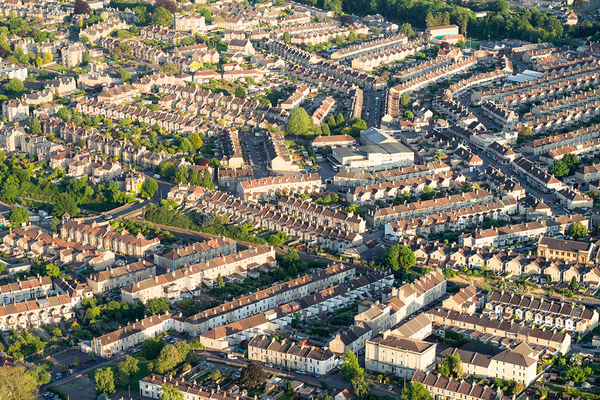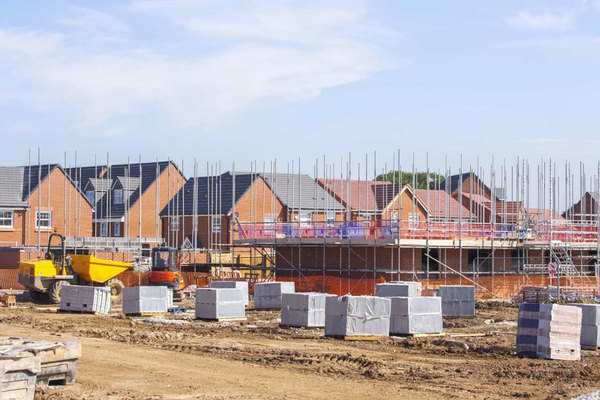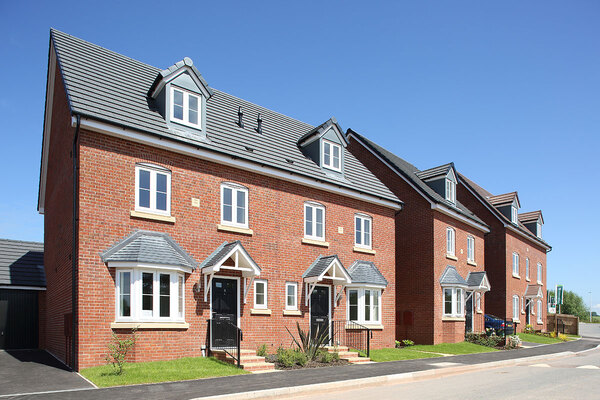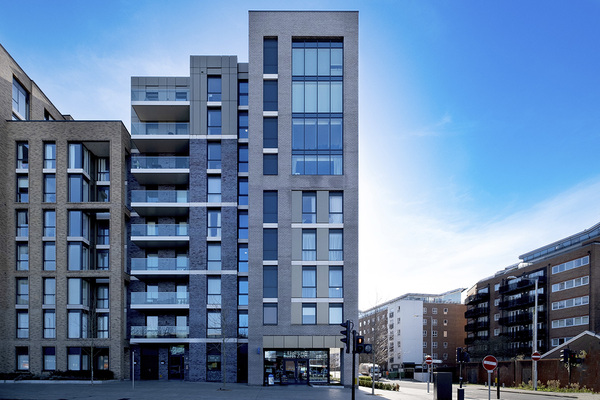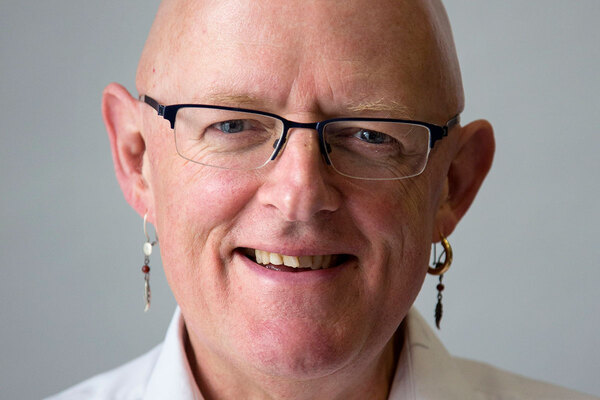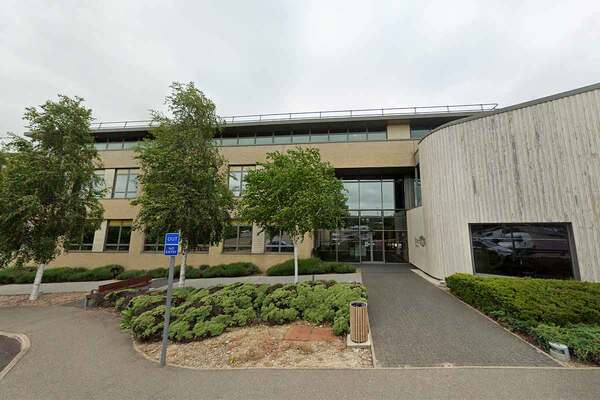You are viewing 1 of your 1 free articles
New housing need assessment model dampens ambition in lower-value areas
Ruth Cooke gives her take on the government’s latest planning reforms
Britain is not building enough homes.
We need to build somewhere between 200,000 and 300,000 a year, depending on who you listen to, and we’re only managing about half that.
It would be churlish not to recognise the good news that government is investing more in affordable homes and giving housing associations more certainty over their income, but we all know it’s not just funding but also land that holds us back.
With this in mind, I was quite taken by last week’s BBC News special report on land. Home editor Mark Easton told us that less than 6% of the UK is built on. He also cited data from the Office for National Statistics suggesting only 1.4% of UK land is actually used specifically for buildings such as homes, shops, offices, and so on.
Unbelievably, this means that buildings actually cover less of Britain than the land that is revealed when the tide goes out.
So why is it so hard to find the land needed to build new homes?
“Buildings actually cover less of Britain than the land that is revealed when the tide goes out.”
There are many reasons for this, from landowners holding on to their land in the hope of getting a better deal, to the mismatch between where land is available and where the economy is driving demand.
That’s why we need a planning system that supports our ambition to build the new homes we need, as well as protecting green belt and making sure developments are appropriate for their surroundings.
The government’s recent paper, Planning for the right homes for the right places, offers some sound proposals, including fostering greater collaboration between authorities and providing more resources for planning departments, but it also includes a new model for assessing local housing need which is causing concern.
By adjusting targets based on household growth to take account of house prices, the new model emphasises housing need in higher-value areas and dampens ambition in lower-value areas.
On a national level, this means more development in already stretched areas in the South East, at the expense of more mixed housing economies, mostly in the Midlands and the North.
“The new model emphasises housing need in higher-value areas and dampens ambition in lower-value areas.”
Of course affordability is important, but housing development should not just be about keeping house prices down. It should also be about regenerating challenging neighbourhoods and increasing housing capacity where new homes are needed to support jobs and boost the economy. I would like to see a wider range of indicators brought into the model to take account of these important factors too.
The Midlands might have more mixed housing economies, but we also have a lot of potential.
Birmingham, for example, is the youngest city in Europe and is bucking market trends with above-average performance on house prices. The planning system must support us to meet this demand, not stifle our aspirations.
In a week where Birmingham, Derby, Leicester, and Wolverhampton and Walsall all made it into the top 10 of the Demos-PwC index of most improved cities, my money is definitely still on the Midlands.
Ruth Cooke, chief executive, Midland Heart

